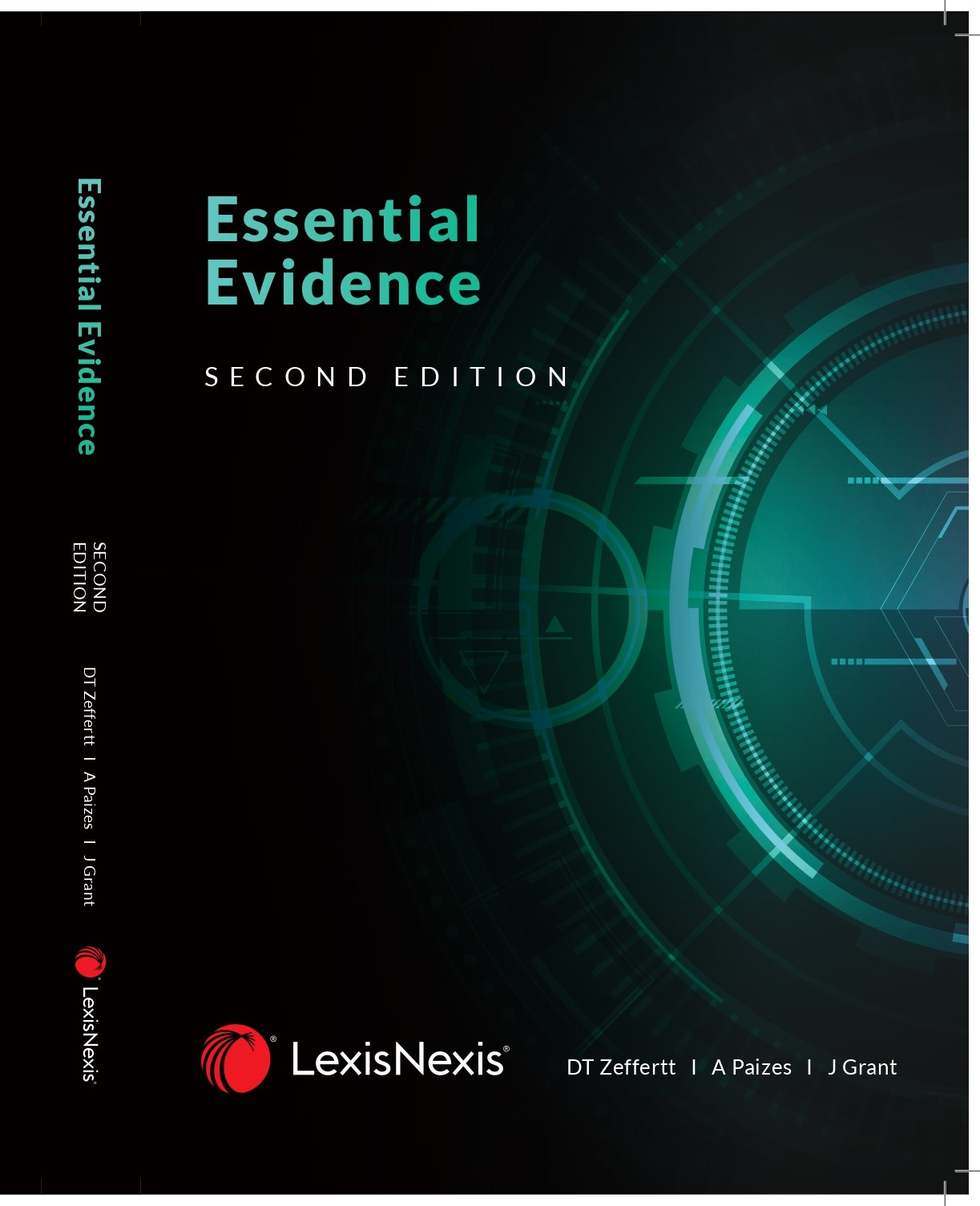Practical steps for the handling and presentation of evidence

21 Dec 2020
The correct investigation, gathering and analysis of evidence is important for ensuring that justice is served and it is incumbent upon frontline law enforcement professionals to process and manage evidence correctly in order for it to hold up in court.
The South African Police Service (SAPS) crime statistics for the period 1 April 2019 to 31 March 2020 showed that crimes such as rape, murder and robbery with aggravating circumstances were on the rise. Although the latest quarterly crime statistics for criminal activity reported between July and September 2020 showed a reduction in year-on-year numbers, this was due to the country still being under some degree of lockdown.
Additionally, the SAPS annual report for 2018/2019 points to the importance of precise evidence management in the effective investigation of crime and the successful prosecution of offenders. The report shows that in 2018/19 SAPS did not achieve its detection rate targets for effective investigation of serious crime, contact crime and crimes committed against women 18 years and above including murder, attempted murder, all sexual offences, common assault and assault with the intent to cause grievous bodily harm (GBH).
It notes, among the reasons for this deviation, that evidence is often weakened when crime scenes are contaminated by the community before the first responder arrives at the scene, resulting in contaminated forensic evidence. Witnesses may also be reluctant to make statements, due to fear of victimisation and complainants may be unable to identify suspects, for example due to intoxication, mental incapacity or disguised suspects. Also among the factors are, turnaround time on the finalisation of a decision on case dockets, long outstanding toxicology reports due to the complex processes of analysing samples, and difficulty in tracing and arrest of unidentified and undocumented repeat offenders (forensic leads and linkages).
The criticality of evidence to successful investigation and prosecution of crimes is why the law of evidence forms part of the curriculum of every South African law qualification, as well as for other professions such as the police force.
Simply put, when evidence is handled poorly, justice is defeated, and the rule of law is weakened.
To support legal professionals and law enforcement practitioners in the correct management and presentation of evidence, in line with its purpose of advancing the rule of law, LexisNexis South Africa has released a new edition of the book, Essential Evidence, which presents practical guidance concerning steps that need to be taken for evidence to be produced in court.
Essential Evidence 2nd Edition is a condensed version of the detailed SA Law of Evidence and is ideal for students, as a prescribed work of various universities, but also candidate attorneys, pupil advocates and new or experienced practitioners in law and law enforcement who may require a quick reference.
Authored by Professors David Theodor Zeffertt and A Paizes – who also produced the seminal work The South African Law of Evidence – as well as Adv. James Grant, this book is comprehensive but shorter and easier to understand and navigate than the latter deep research book. Essential Evidence 2nd Edition may be used in conjunction with SA Law of Evidence or on its own.
Essential Evidence 2nd Edition is available from the LexisNexis Bookstore in print, online and e-book versions starting at R546.02. Click here to order. Online ISBN: 0100409050745. Print ISBN: 9780639008608. eBook ISBN: 9780639009971
See also:
- Legal resource hub launched to fight GBV
- Draft SAPS Amendment Bill drawn up
- Do you feel unsafe when being pulled over by the police?
- Assault claims against the police – When and how to claim
- Applied Law for Police Officials 5e (Multimedia eBook)

